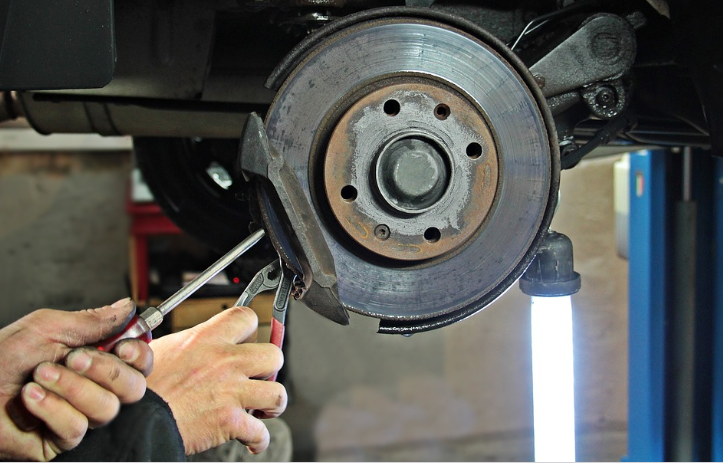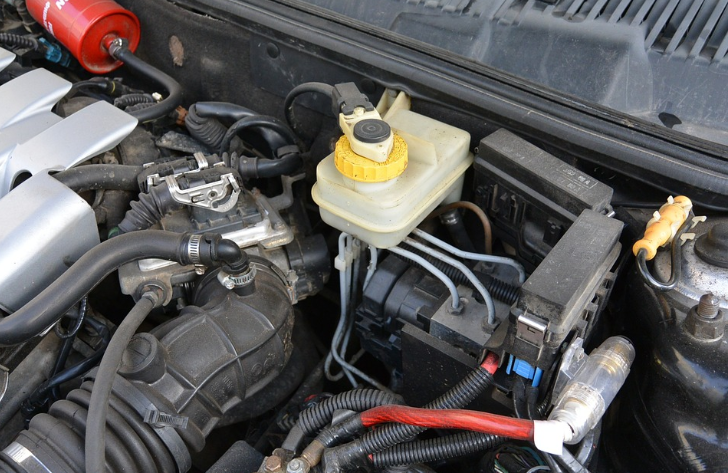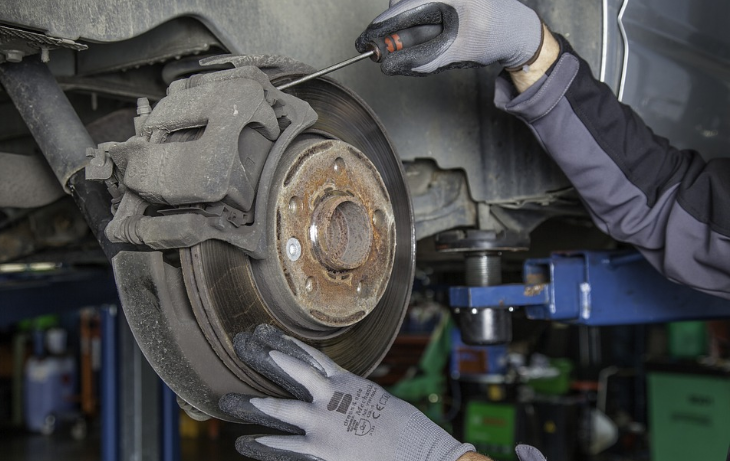4 Ways to Maintain Your Cars Braking System

Do you ever worry about the unpredictable moments when your car’s brakes struggle to respond to an abrupt stop or, even worse – give out completely? Taking care of and maintaining your car’s braking system can help prevent uncomfortable and dangerous situations that could arise from driving a vehicle with malfunctioning brakes. If you usually drive long hours, it is essential to check your brakes regularly for any signs of wear and tear and any possible problems. Here, we’ll discuss 4 ways to keep your car’s brakes in top shape so you can have peace of mind while on the road.
Check the Brake Fluid
 The first way is to check your brake fluid level. This easy task can usually be done at home with a few simple tools. Make sure to purchase the correct type of brake fluid for your car, as there are different types for each makes and model. To check, locate the brake reservoir under your vehicle’s hood, where you will find a dipstick or indication marker. If the fluid level is lower than the minimum line, you must replace it with new brake fluid. Many car owners also recommend flushing the brake fluid at least once a year to prevent contamination.
The first way is to check your brake fluid level. This easy task can usually be done at home with a few simple tools. Make sure to purchase the correct type of brake fluid for your car, as there are different types for each makes and model. To check, locate the brake reservoir under your vehicle’s hood, where you will find a dipstick or indication marker. If the fluid level is lower than the minimum line, you must replace it with new brake fluid. Many car owners also recommend flushing the brake fluid at least once a year to prevent contamination.
Inspect the Pads and Shoes
The second way is to inspect the pads and shoes for any signs of wear or damage. Your car’s brakes have either disc or drum brakes, potentially with both present in different components such as the front and the rear. If you have disc brakes, check for any fraying or chipping in the brake pad material. You can also use a flashlight to look through the wheel for any visible signs of damage, such as rust or corrosion in the metal braking components. Check for any cracking or brittleness in the brake shoe material for drum brakes. Many brakes come with a built-in wear indicator, letting you know when it’s time to replace them.
Clean the Rotors and Drums
 The third way is to clean the rotors and drums. The braking process causes heat, affecting the brake pads and shoes as well as the rotors and drums. Heat, dirt, and dust can accumulate on the rotors and drums over time, affecting braking performance. To remove any build-up of debris or contaminants, use a wire brush to clean the surface of the rotor or drum. You may need to sandpaper the surface before using a brake cleaner solution to finish off. If you do not have the time to do this yourself, you can take your car to a professional mechanic who will be able to help.
The third way is to clean the rotors and drums. The braking process causes heat, affecting the brake pads and shoes as well as the rotors and drums. Heat, dirt, and dust can accumulate on the rotors and drums over time, affecting braking performance. To remove any build-up of debris or contaminants, use a wire brush to clean the surface of the rotor or drum. You may need to sandpaper the surface before using a brake cleaner solution to finish off. If you do not have the time to do this yourself, you can take your car to a professional mechanic who will be able to help.
Apply Grease and Lubricant
The fourth way is to apply grease and lubricant. Applying the right type of grease or lubricant to the brake components can help keep them running smoothly and reduce wear. Make sure to use a high-quality grease or lubricant, as this will help ensure your brakes remain in top condition. Grease and lubricants should also be applied to other moving parts, such as the brake caliper and wheel bearings, to help prevent any rusting or corrosion. If you do not know what type of grease or lubricant to use, consult a mechanic. They are the best qualified and experienced individuals who can provide the necessary advice.
By following these steps, you can ensure your brakes are always in top working order so you can drive with peace of mind. Remember – it’s always better to be safe than sorry. Be sure to check your brakes regularly and keep up with maintenance to ensure your vehicle is safe and reliable. Do you have some tips and tricks you use to keep your car’s brakes in top shape? Let us know in the comments.…

